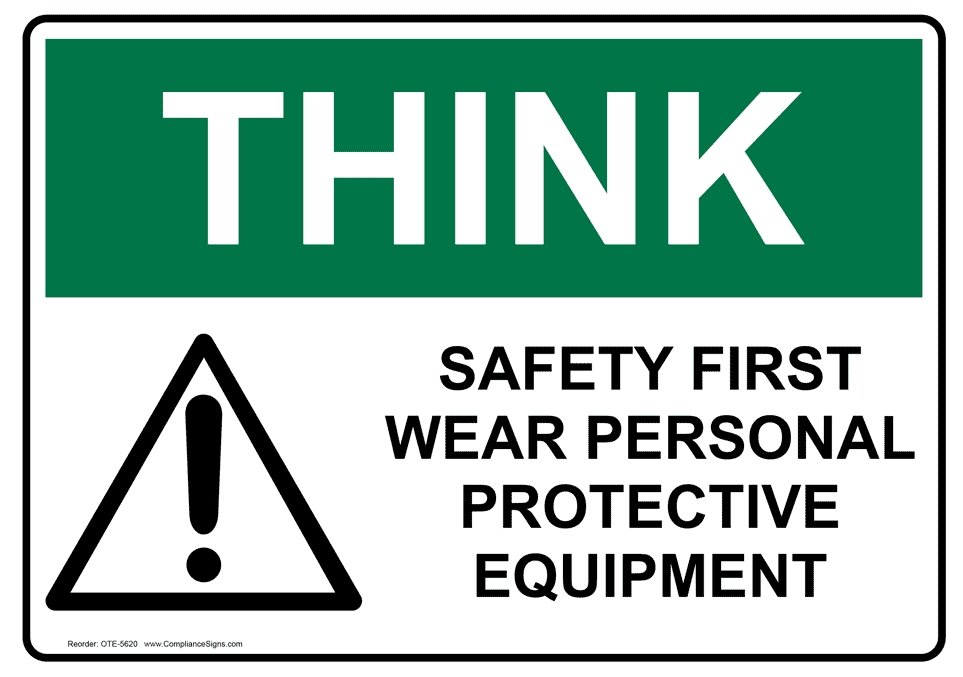Personal Protective Equipment
Personal protective equipment (PPE) provides added individual protection even when a hazard is being mitigated by engineering, work practices, and/or administrative controls. PPE should be used in conjunction with these controls, not as a substitute. PPE includes all clothing and accessories designed to protect against safety and health hazards.
A critical aspect of working safely with hazardous materials is the proper selection and use of personal protective equipment (PPE). All PPE should be carefully selected to ensure that it is appropriate for the hazards present and that the users will be able to perform their work in reasonable comfort wearing the protective equipment. This program has been designed to provide the University community with the necessary information to identify work situations that require the use of PPE, the proper selection and use of PPE, and documentation of this information.
This program targets any and all University employees that currently utilize PPE or have the potential to encounter hazards to the eyes, face, head, feet, hands, or conduct work involving electrical or fall hazards, as identified during the Hazard Assessment of the workplace, will be included under this PPE Guideline.
PPE will be selected and used to protect employees from the hazards and potential hazards that are likely to be encountered. PPE must be purchased and provided at no cost to the employee, including temporary and part time staff. Coverage for protective prescription eyewear and footwear has special requirements that are covered in the appendices. Respiratory and hearing protection are covered under separate guidelines.

Selecting Appropriate PPE
In order to select the appropriate PPE for the workplace, a Hazard Assessment is conducted. The hazard assessment determines the hazards and potential hazards associated with a task, machinery, or process. The appropriate PPE for the situation may be subsequently determined.
The Hazard Assessment Form (Appendix A in the PPE Guideline) must be completed by the workplace supervisor.
Factors that affect PPE selection include the:
- Nature of the materials being used
- Route and duration of potential exposure (ingestion, inhalation, injection, or dermal contact)
- Type of operation and equipment involved
- Available engineering controls
Types of PPE:
- Eye and Face Protection
- Head Protection
- Foot Protection
- Hand Protection
- Skin Protection (other than hands)
